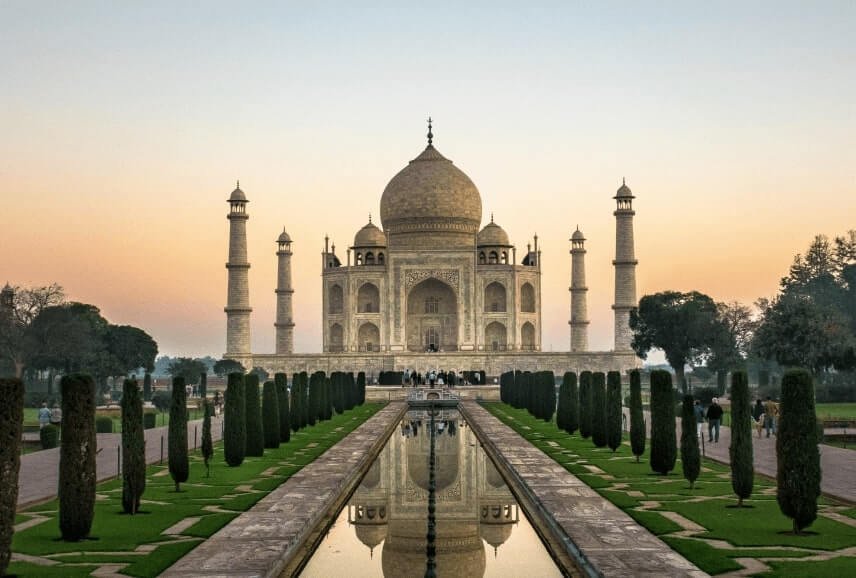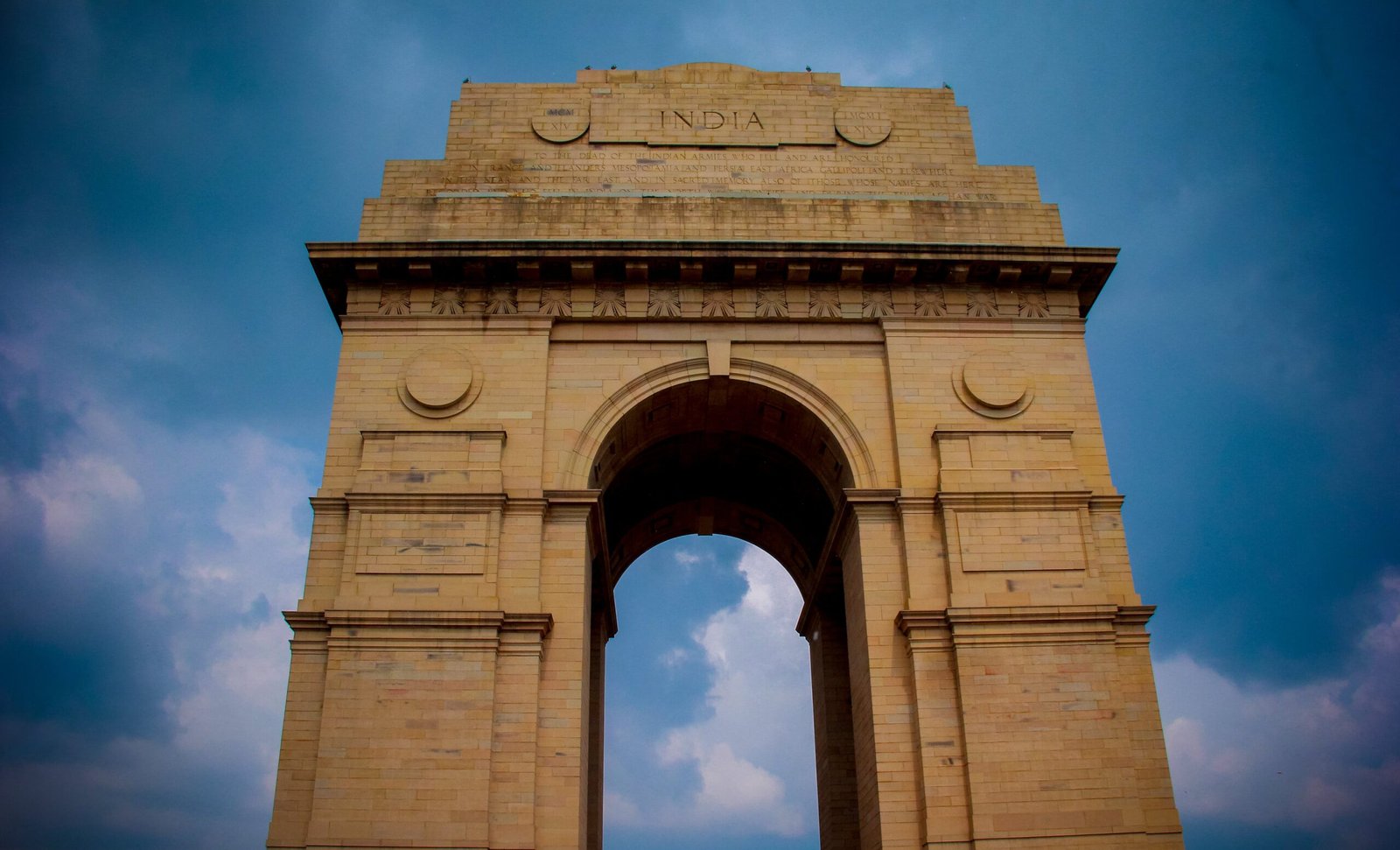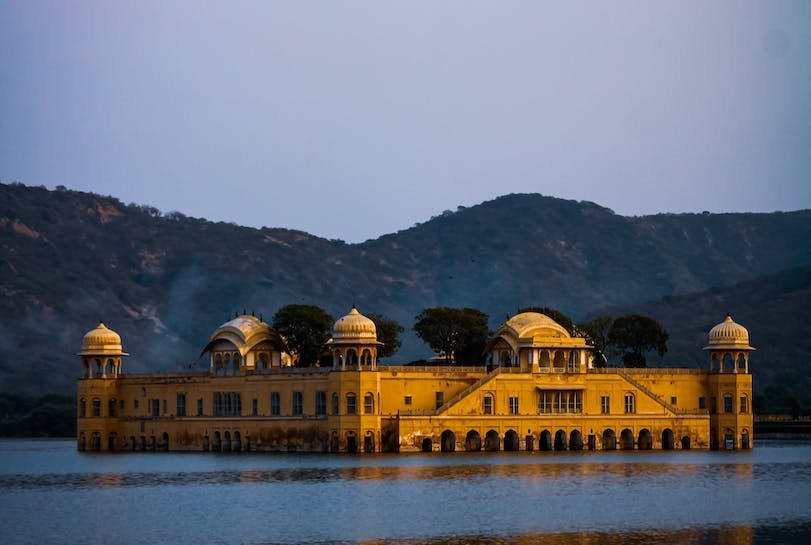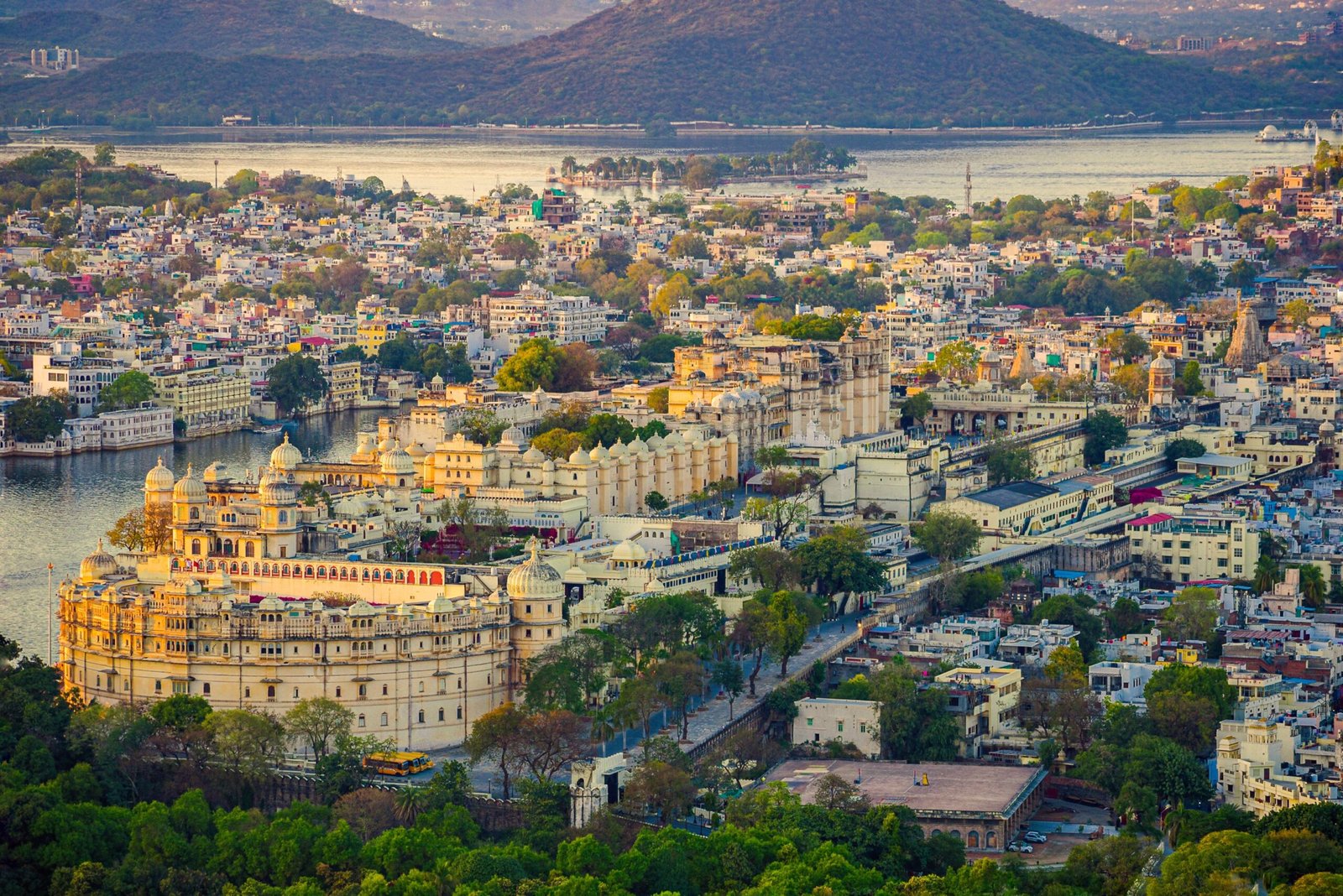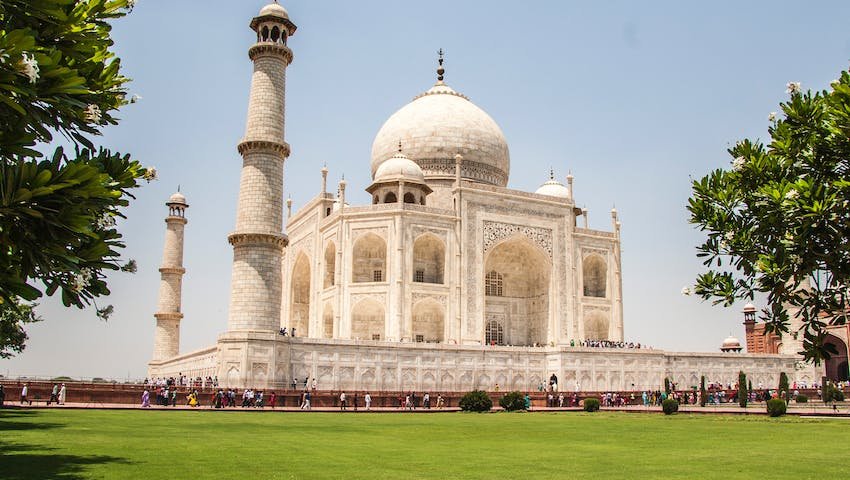The Taj Mahal, a symbol of eternal love and architectural brilliance, stands proudly on the banks of the Yamuna River in Agra, India. This iconic mausoleum, designated as a UNESCO World Heritage Site, has captivated hearts and minds for centuries, drawing millions of visitors from across the globe.
History and Significance: The Taj Mahal was commissioned by Emperor Shah Jahan in memory of his beloved wife Mumtaz Mahal, who died during childbirth. Completed in 1653, this breathtaking white marble structure is a testament to the profound love that inspired its creation. The mausoleum is not merely a building; it’s a poetic ode to romance and a symbol of enduring beauty.
Architectural Marvel: The Taj Mahal’s architectural splendor is unparalleled. The main dome, adorned with a lotus design, crowns the structure, while four minarets frame the central tomb. The intricate marble inlay work depicts verses from the Quran and intricate floral patterns. The play of light on the pristine white marble creates a magical ambiance, especially during sunrise and sunset.
Visiting Tips: To truly appreciate the Taj Mahal, consider visiting during the early morning or late afternoon when the changing light enhances its beauty. Guided tours provide insightful narratives about the history and architectural nuances. Exploring the adjacent Agra Fort and Itimad-ud-Daulah’s Tomb offers a holistic view of Mughal architecture in the region.
Cultural Significance: Beyond its architectural grandeur, the Taj Mahal holds immense cultural significance. It serves as a symbol of India’s rich history and the Mughal era’s cultural flowering. The complex is a pilgrimage site for lovers and an inspiration for artists, poets, and writers worldwide.
Preserving the Heritage: Preserving the Taj Mahal is a collective responsibility. Conservation efforts are ongoing to protect the monument from environmental factors and the impact of tourism. Visitors are encouraged to follow responsible tourism practices, such as refraining from touching the marble surfaces.
In conclusion, the Taj Mahal is not just a monument; it’s a living testament to love, art, and history. Its allure extends beyond its physical beauty, inviting visitors to connect with the emotions and stories etched into its walls. A visit to the Taj Mahal is not merely a tourist experience; it’s a journey into the heart of India’s cultural and architectural legacy.
